If you’re planning on making your own homemade wine, prepare to wait up to 2-3 weeks until you can drink your DIY brew. The fermentation process works in two stages; primary fermentation and secondary fermentation.
Primary fermentation
Primary fermentation typically takes three to seven days to finish. Because wine must be a considerably more fertile home for the yeast, it moves much faster than secondary fermentation.
Primary fermentation produces a lot of sugar and oxygen, as well as a lot of nutrients. In this situation, a happy and thriving yeast population may absorb a lot of sugar quickly.
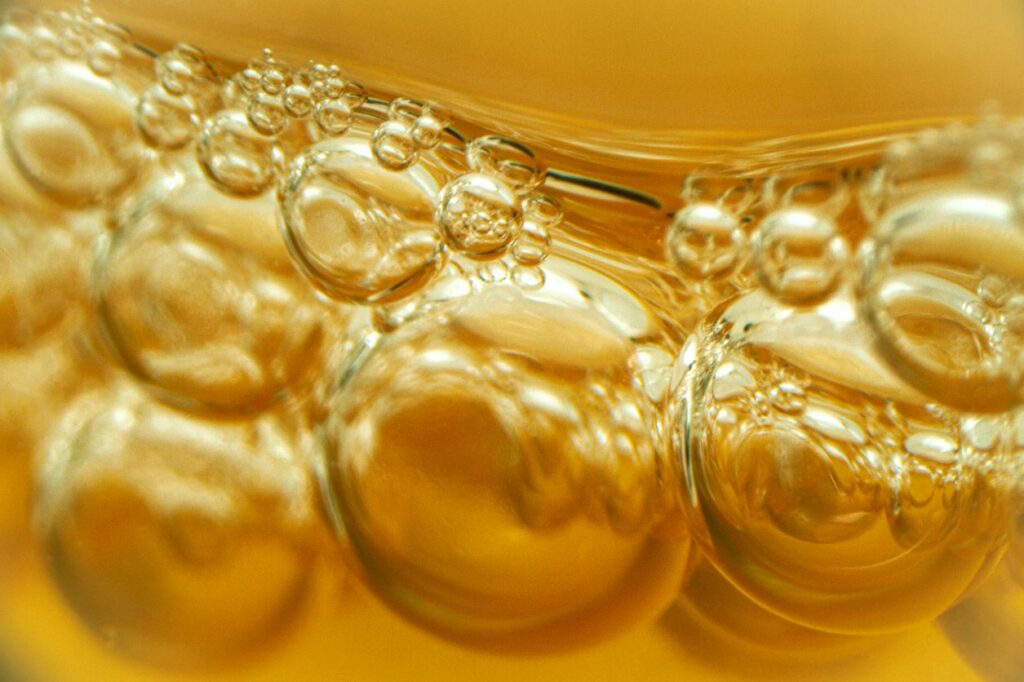
As fermentation continues, the oxygen levels decline, the sugar and nutrient levels drop, and alcohol begins to accumulate. Fermentation is slowed as a result of this.
There is no distinct symptom or event that distinguishes between primary and secondary fermentation. So the length of primary fermentation is determined by when you move to a secondary fermenter rather than by a specific event.
In general, primary fermentation is regarded to be complete when your specific gravity falls below 1.030. However, it’s important to note that this is only a guideline.
If you produce wine from fresh fruit, whether you use grapes or something else, you don’t want your wine to sit on that fruit for more than five to seven days unless you’re an expert at extended macerations.
Secondary fermentation
The amount of time secondary fermentation takes is determined by a number of different factors. It relies not only on when you rack to a secondary container but also on how vigorous your yeast strain is and the temperature of the wine.
An aggressive yeast will power through fermentation almost continuously until the end.
This is especially true when making dry wine. If, on the other hand, you’re using a yeast strain with a 15 percent alcohol tolerance and you started with enough sugar to make a wine with a 13 percent ABV or more, it could take the yeast a few weeks or longer to finish things up.
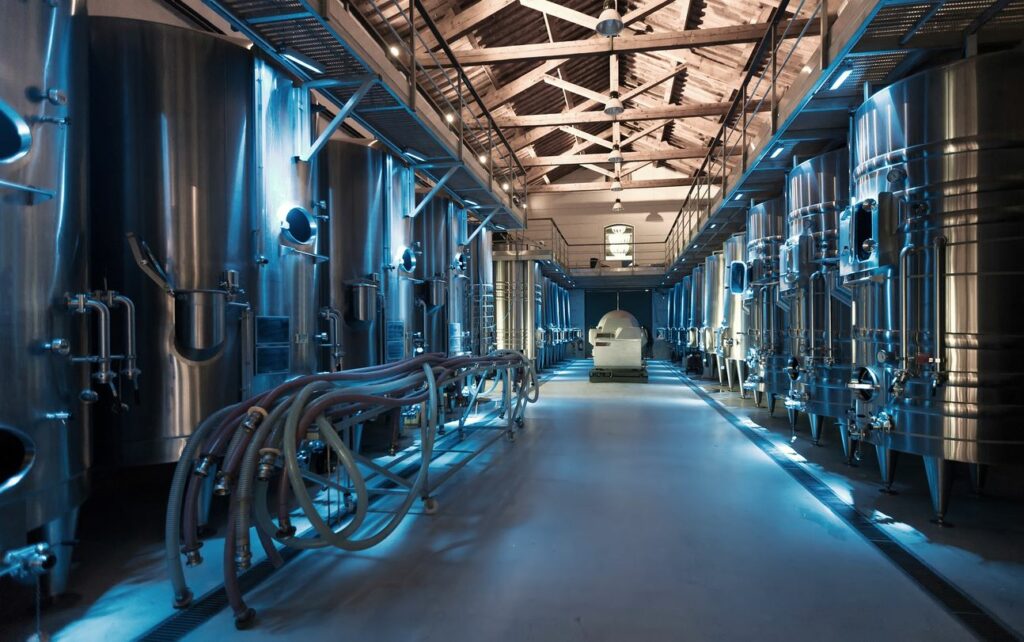
Once the oxygen and most of the sugar have been removed, the yeast will struggle greatly. Alcohol is poisonous to yeast, and when it increases, it challenges the yeast even more.
How long does fermentation take
Creating the perfect bottle of wine or beer is a thoughtful process that can take days, even weeks. The fermentation process is a key step in the production of both alcoholic beverages and requires careful monitoring.
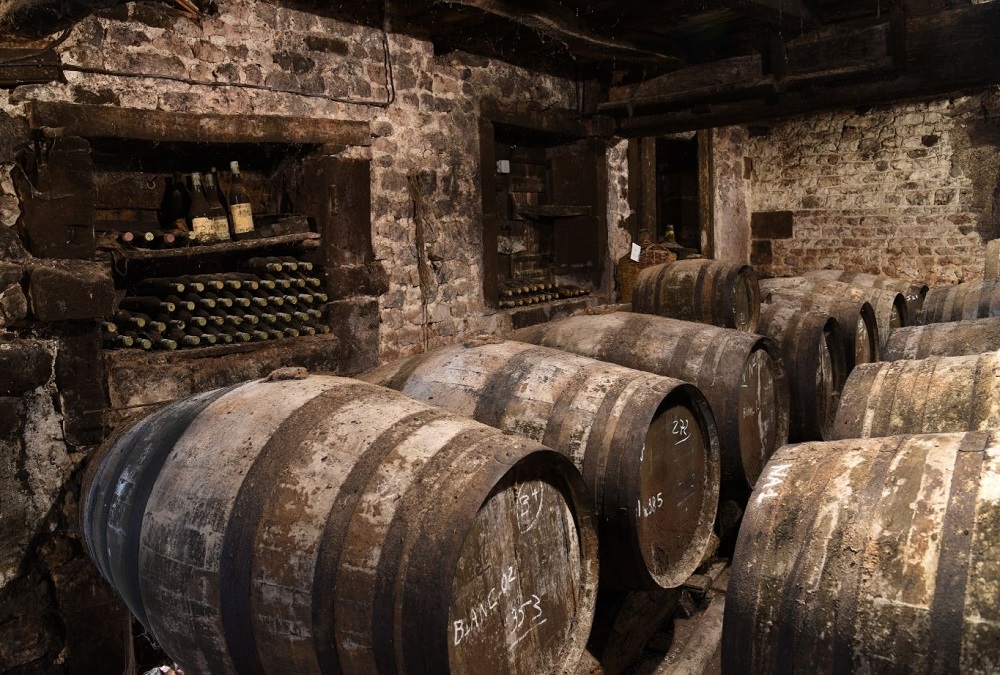
Fermentation time varies depending on what type of beverage you are making, as well as the type of fermentation vessel used and environmental conditions that may affect yeast activity. Generally speaking, when it comes to wine making, fermentation times range from 7-30 days while brewing typically takes 1-2 weeks depending on how strong you want your beer to be.
To ensure accurate results during the fermentation process, it’s important to use a quality fermentation vessel and control for temperature changes in order to optimize yeast activity. Keeping an eye on factors like alcohol levels, pH levels and gravity readings will help guarantee that your final product meets your desired standards every time!
How do I know when the fermentation process is complete?
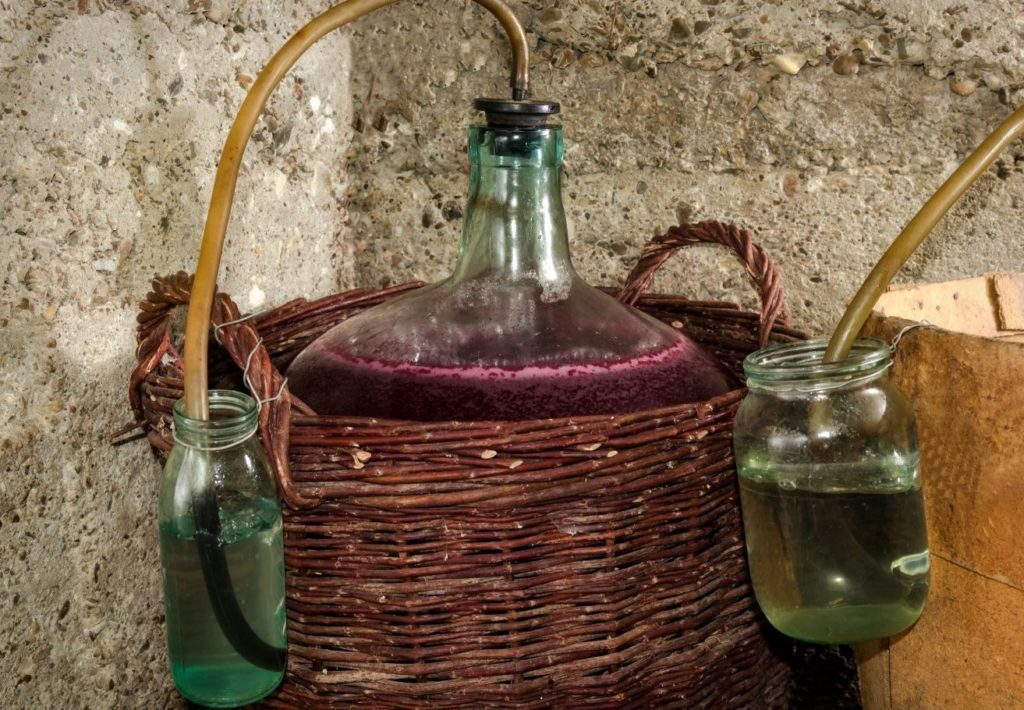
The first and most obvious way to check if your wine fermentation is still active is to look at it. If it is fermenting, little bubbles will rise from the bottom to the top, similar to a carbonated drink in clear glass. If the wine is actively fermenting, you may notice little particles of fruit or grape pulp floating about in it.
Cloudy wine is also an indication that fermentation is still taking place. When your wine is still actively fermenting, you may observe that it is never completely clear.
During active fermentation, the yeast in suspension always seems to impart a degree of cloudiness to the wine. When the yeast has finished its work, it usually begins to descend to the bottom of the fermentation tank.
A hydrometer is the most accurate way to determine when fermentation is complete and when you can begin stabilizing, clarifying, and bottling your homemade wine.
A hydrometer is a device that measures the relative density of liquids using the idea of buoyancy. They are usually calibrated and graduated using one or more scales, such as specific gravity.
Throughout fermentation, hydrometer readings will begin to fall. Typically, you’ll start with a gravity value above 1.0 and end up at 0.996 or so. To determine whether fermentation is. This is the only method to be certain that fermentation has ended.
Some people may advise you to simply wait a set period of time before bottling, however, your wine may still be fermenting slowly. Use specific gravity measures to gauge your fermentations instead of risking bursting wine bottles! complete, take two specific gravity readings a few days, or a week, apart and compare the results.
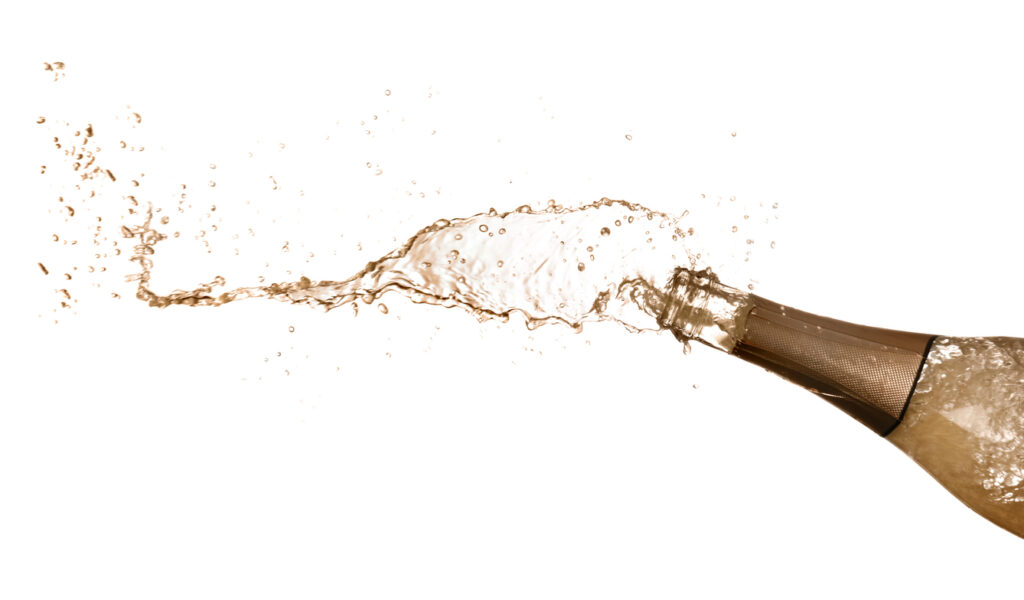
You can’t be certain that the fermentation process has finished without a hydrometer, and having one is just nice security to ensure that you don’t waste any potential alcohol that is in the process of being generated.
Wines are frequently started in the summer, when fruit trees are at their most abundant, then ferment for a long time after the season has ended.
If you take multiple readings over a period of days or weeks and they all show the same value, it’s safe to say that your wine fermentation is complete. It is entirely up to you whether to bottle or simply age in the carboy.
The more adventurous may want to experiment with carbonating or back-sweetening their wines, but that’s a whole other subject in itself.
Because yeast prefers warmer (but not too warm) conditions, the rate of fermentation may slow, not only because the sugar concentration of the wine has decreased, but also because the ambient temperature has lowered.
As a result, folks living in colder locations may find that all of the above tests fail if the wine becomes so cold that the yeast goes dormant before they finish fermenting. To avoid being caught off guard by a misleading measurement of completion, transport your wine to a warm location for a week or so before beginning to take readings.
Is it possible to over-ferment wine?
You shouldn’t be able to over-ferment your wine if you know what you’re doing and keep your wine and its contents conditioned during fermentation. You can, however, over-ferment it by exposing it to a hostile environment for an extended period of time.
This means that there could be unwelcome chemicals or microorganisms in your equipment, potentially contaminating your wine. To be safe, remember to sterilize your equipment both before and after usage.

